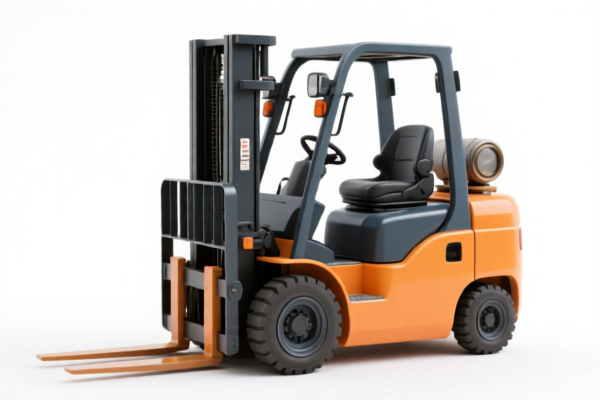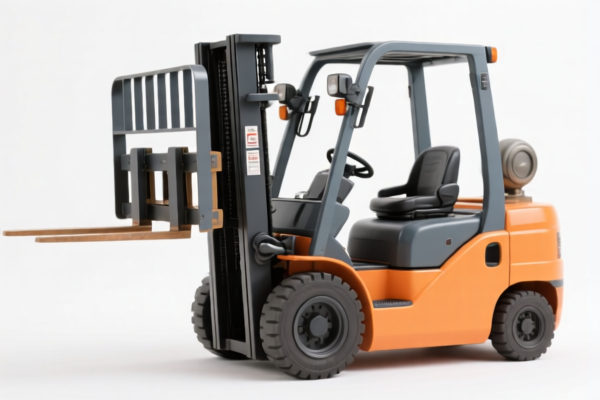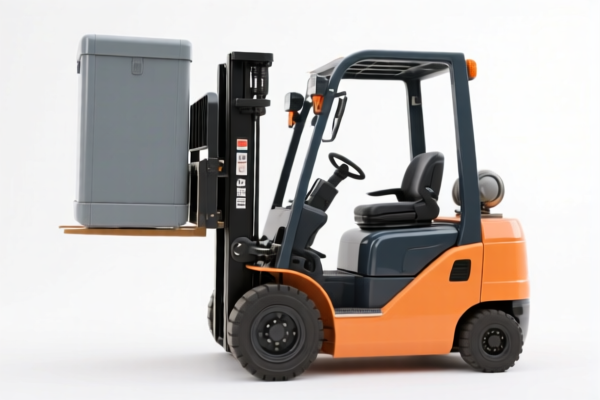| HS Code | Official Doc | Tariff Rate | Origin | Destination | Effective Date |
|---|---|---|---|---|---|
| 7020006000 | Doc | 60.0% | CN | US | 2025-05-12 |
| 7020003000 | Doc | 55.0% | CN | US | 2025-05-12 |




Glass Lifter
A glass lifter is a tool designed to safely lift and move glass panes, typically used in construction, glazing, and window installation. These tools mitigate the risk of breakage, scratches, and personal injury associated with handling large, heavy glass sheets.
Material:
- Frame: Typically constructed from aluminum alloys for lightweight durability and corrosion resistance. Steel frames are used for heavier-duty applications.
- Suction Cups: The core component, made from high-quality rubber or polyurethane to create a strong vacuum seal on the glass surface. The material must be resistant to deformation and maintain grip strength over varying temperatures.
- Handles/Grips: Often feature ergonomic designs made from plastic, rubber, or padded materials for comfortable and secure handling.
- Other Components: May include locking mechanisms (often lever-activated), adjustable feet, and protective padding.
Purpose:
- Safe Lifting: Primary purpose is to provide a secure grip and controlled lifting of glass sheets.
- Damage Prevention: Reduces the likelihood of scratches, chips, or cracks during transport and installation.
- Ergonomic Handling: Minimizes strain on workers by distributing the weight of the glass.
Function:
Glass lifters operate on the principle of creating a vacuum between the suction cups and the glass surface.
- Attachment: The suction cups are placed firmly on the glass pane.
- Vacuum Creation: A pump (manual or powered) generates a vacuum, forming a tight seal.
- Lifting & Transport: The lifter is then used to lift, tilt, and move the glass. Many models include mechanisms to maintain the vacuum even during movement.
- Release: A release lever or valve breaks the vacuum, allowing the glass to be safely set down.
Usage Scenarios:
- Construction Sites: Installing windows, doors, curtain walls, and other glass elements.
- Glazing Shops: Handling glass for cutting, polishing, and fabrication.
- Window Installation & Replacement: Professionals replacing or installing windows in residential and commercial buildings.
- Furniture Manufacturing: Handling glass shelves, tabletops, and other components.
- Automotive Industry: Handling windshields and other automotive glass.
Common Types:
- Manual Glass Lifters: Utilize a hand-operated pump to create the vacuum. Suitable for lighter glass sheets and occasional use.
- Pneumatic Glass Lifters: Powered by compressed air, providing a stronger and more consistent vacuum. Ideal for heavier glass and frequent use.
- Electric Glass Lifters: Powered by batteries or AC power, offering precise control and extended operation time. Often equipped with digital displays and adjustable settings.
- Single-Cup Lifters: Designed for lifting a single pane of glass.
- Dual-Cup Lifters: Provide increased stability and lifting capacity for larger or heavier sheets.
- Adjustable Lifters: Feature adjustable arms and feet to accommodate different glass sizes and shapes.
- Seamed Glass Lifters: Specialized for lifting glass with coated or textured surfaces. These lifters use a special sealing material to create a strong vacuum.
The declared goods are identified as a “glass lifter”. Based on the provided information, the following HS codes may be relevant:
-
7020006000: This HS code covers “Other articles of glass: Other”. This is a broad category and could potentially include glass lifters if they don’t fall under a more specific classification. The applicable tariff details are: a base tariff of 5.0%, an additional tariff of 25.0%, and an additional tariff of 30.0% after April 2, 2025, resulting in a total tariff of 60.0%.
-
7020003000: This HS code covers “Other articles of glass: Quartz reactor tubes and holders designed for insertion into diffusion and oxidation furnaces for production of semiconductor wafers”. While a glass lifter isn’t explicitly mentioned, if the lifter is used in the production of semiconductor wafers within diffusion or oxidation furnaces, this code might be applicable. The applicable tariff details are: a base tariff of 0.0%, an additional tariff of 25.0%, and an additional tariff of 30.0% after April 2, 2025, resulting in a total tariff of 55.0%.
According to the provided reference material, the HS code options related to 'glass lifter' are limited, with only the following 2 found.
It is important to determine the precise composition and application of the glass lifter to ensure correct classification. If the lifter is made of quartz and used in semiconductor wafer production, 7020003000 may be more appropriate. Otherwise, 7020006000 is the more general classification.
Customer Reviews
No reviews yet.